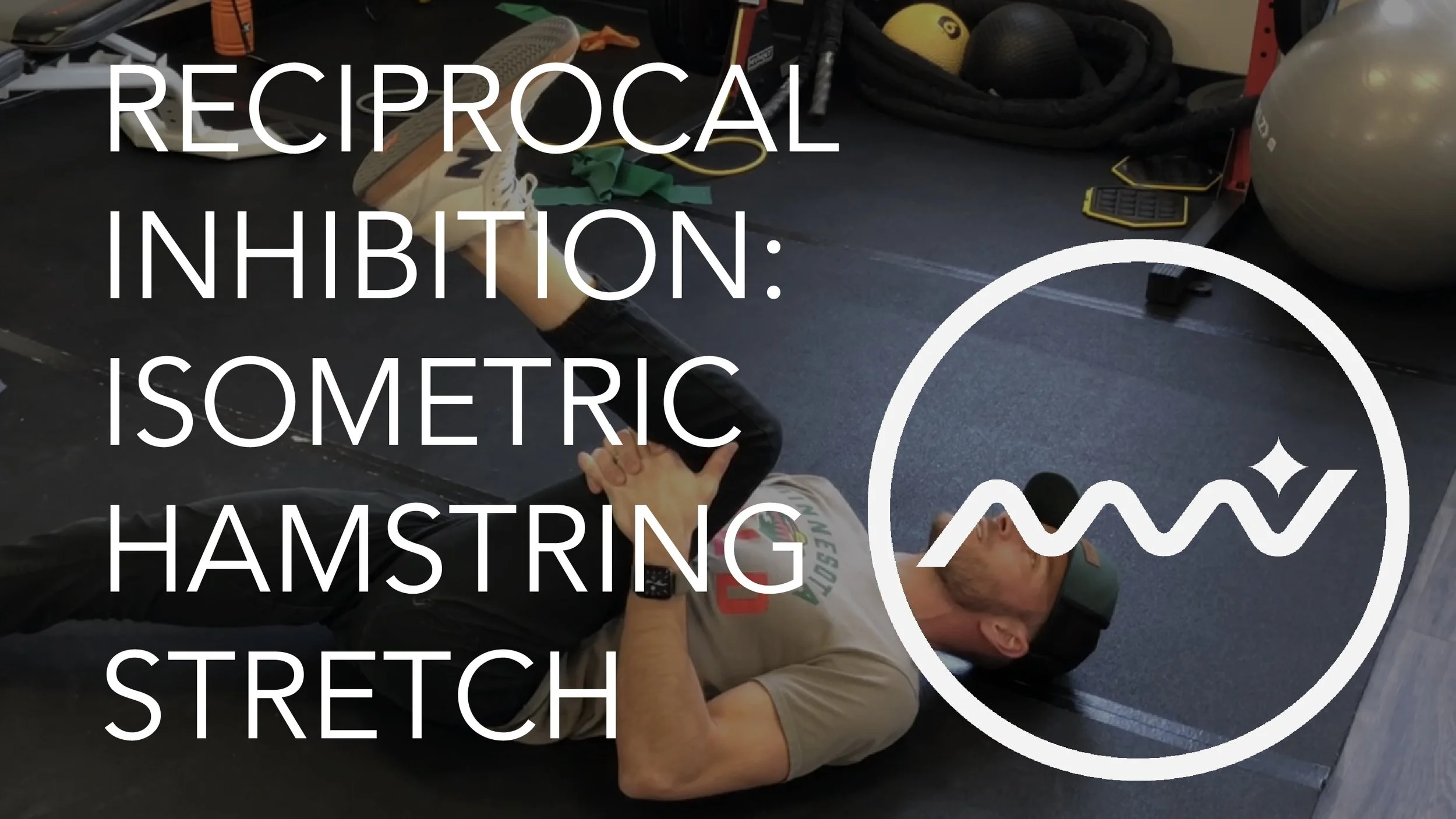Got Tight Hamstrings?! What does that even mean?!
Have you ever experienced hamstring tightness? Whether it is after a run, sitting all day at work or school, or after a heavy day in the gym, we all have experienced some sort of hamstring tightness. But what if I told you it might not actually be hamstring tightness? What if I told you it could be your brain playing a trick on you, where you perceive hamstring tightness but the muscle tissue has no problem lengthening fully.
In a recent study, they put neural tissue mobility exercises (you doing some work) up against tissue extensibility exercises (static stretching) to see which group had better results (1). The overall result showed that the group doing the neural tissue mobility exercises (again, active/dynamic work done by the participant) was better off compared to the control group (1). If you are like me, the first question I have come it mind is WHY?! Why or how does this work?
The proposed reason for the perceived hamstring “tightness” (which is actually more like ‘tautness’) has a strong relationship with neural tissue mobility and sensitivity (1). One exercise they did was called Mulligan’s Bent Leg Raise for the neural tissue mobility group. When utilizing this exercise, you are loading the bottom end of the lumbosacral nerve roots (located in your low back) and the sciatic nerve in the pelvis during the passive hip flexion and then you go into active hip extension which unloads all these tissues (1). This play in back and forth makes this exercise known as “nerve sliders” and has greater effectiveness in reducing neural tension (1). This reduced tension allows for the nerve to fire adequately to all it’s supporting tissues, hamstrings included, to allow them to fire or engage better.
When performing regular/static hamstring stretching, you are in fact tensioning the muscles of the hamstring and glutes because of a protective response to not allow the sciatica nerve to be pulled apart. Thus these exercises are called “tensioners” and have less effect on reducing neural tension (1). Even though the static stretching group received similar results it was for a different reason. With this group, the body started physiologically adapting to the pain response with stretching and thus pain sensitivity was damped on the final post-test (1). However, through similar research we understand that this ‘dampened’ effect on pain is only temporary.
Why is this important? Now that we know that people experiencing tightness in the hamstrings are suffering from altered neurodynamics, it is important to change the way we treat this type of symptom (1). This is especially important in preseason sports testing in order to make sure athletes are healthy to compete during the regular season!
Mhatre, Bhavana Suhas, et al. "Which is the better method to improve “perceived hamstrings tightness”–Exercises targeting neural tissue mobility or exercises targeting hamstrings muscle extensibility?." International journal of osteopathic medicine 16.3 (2013): 153-162.


